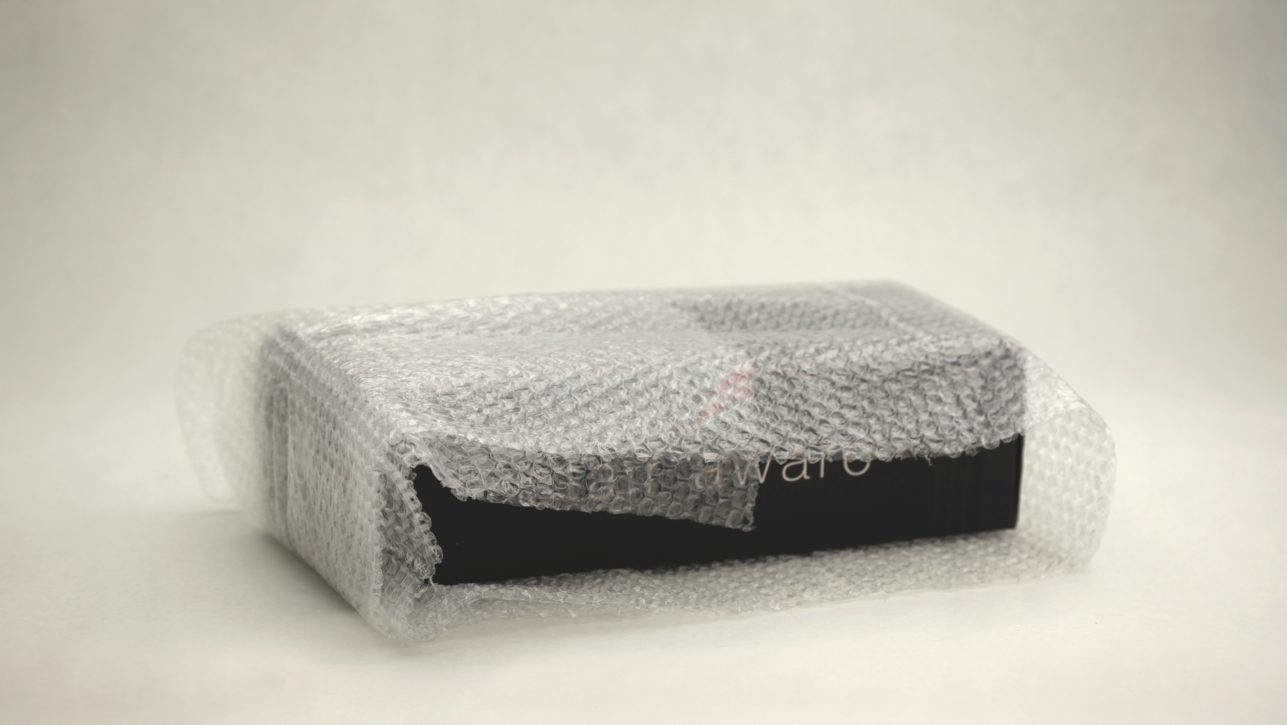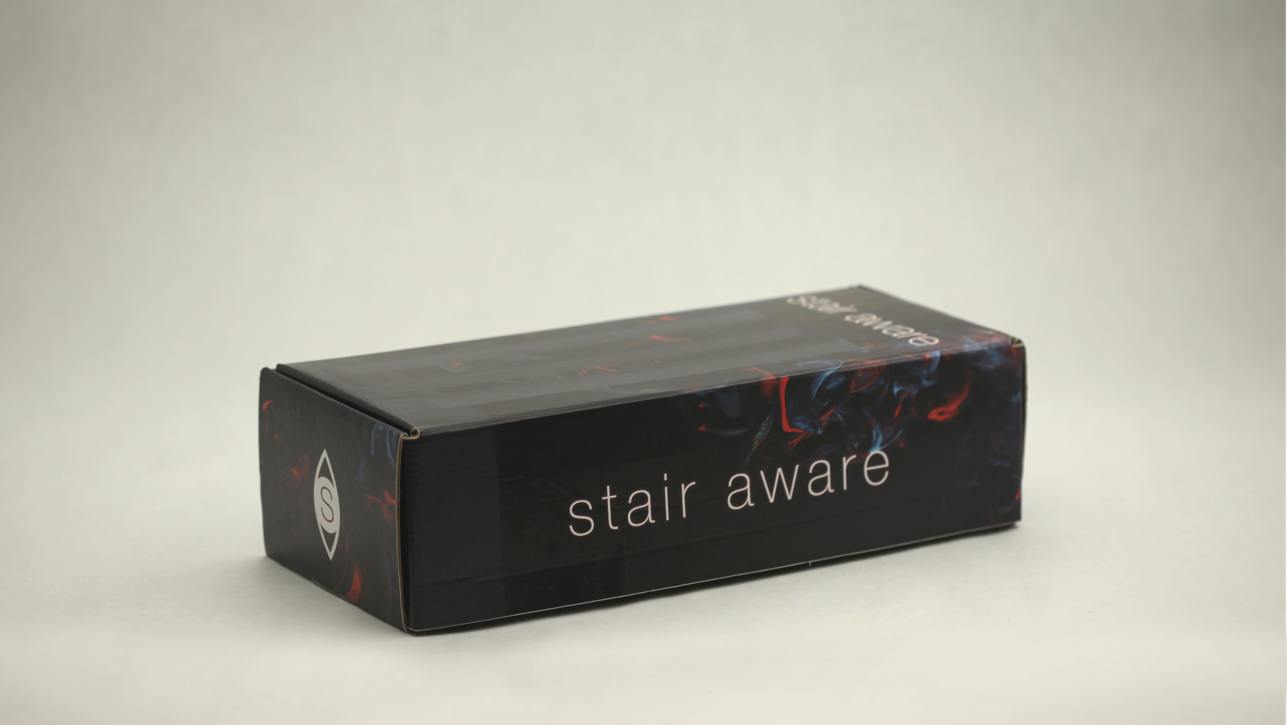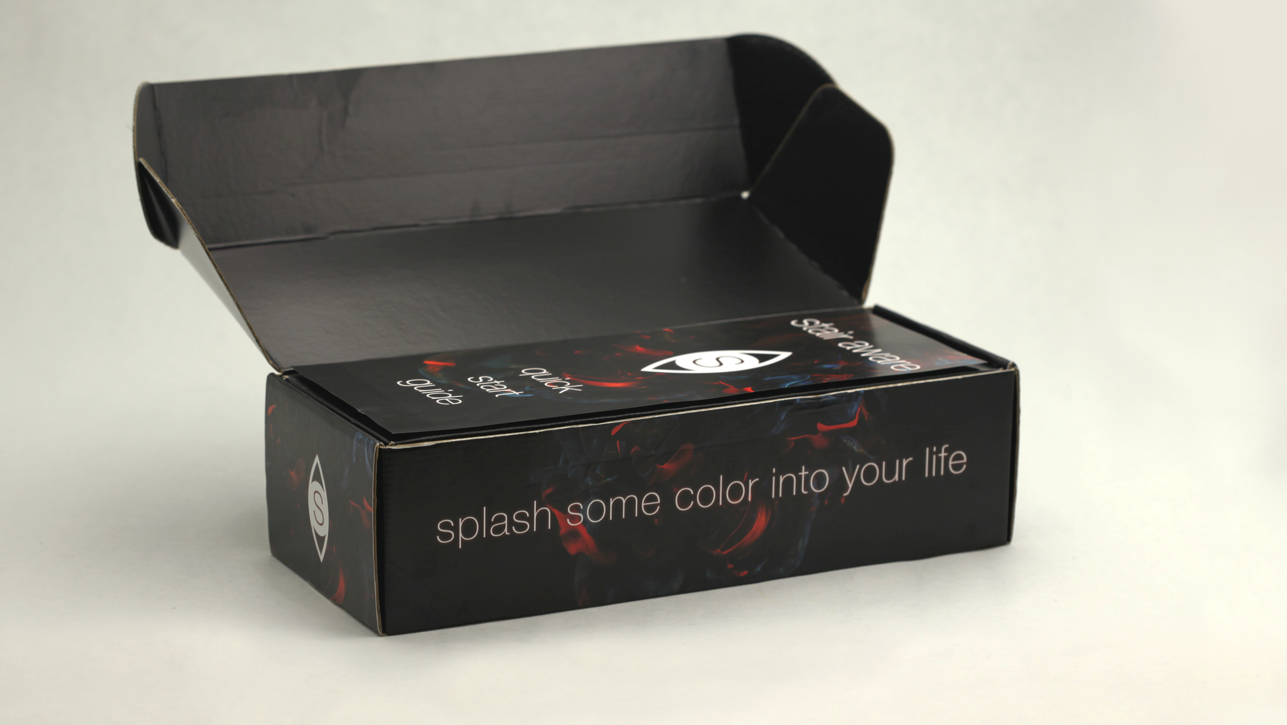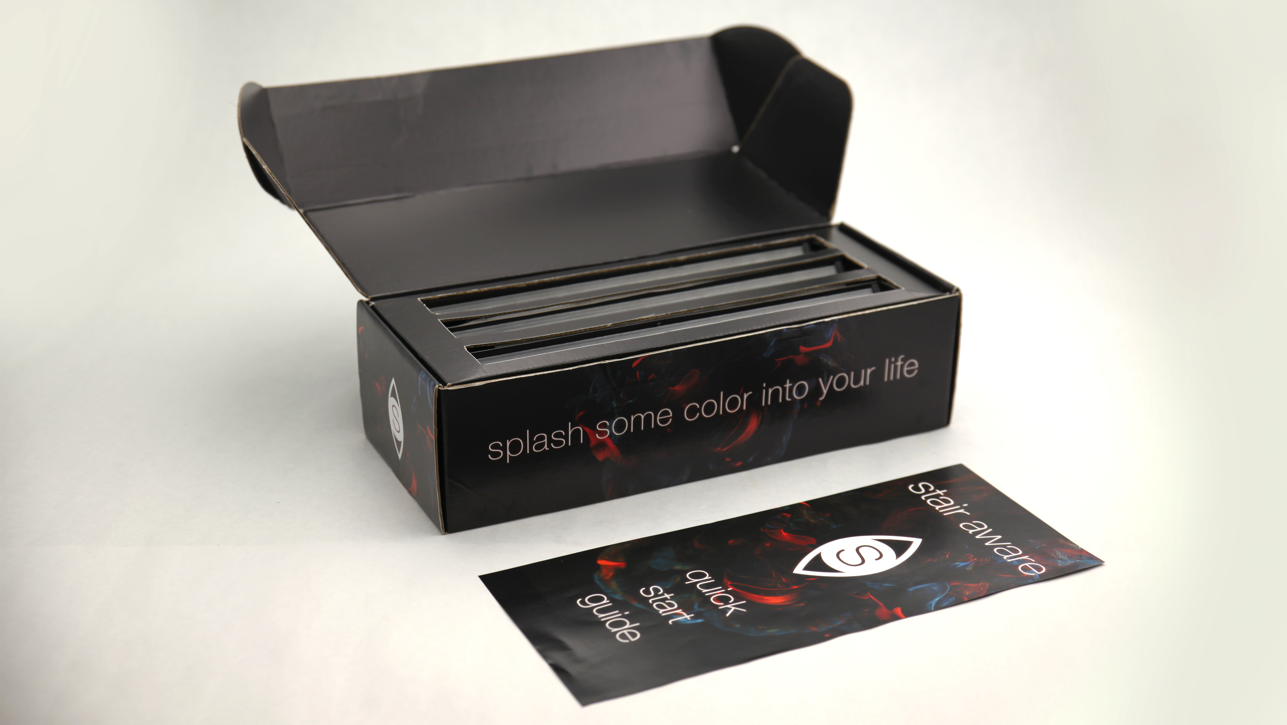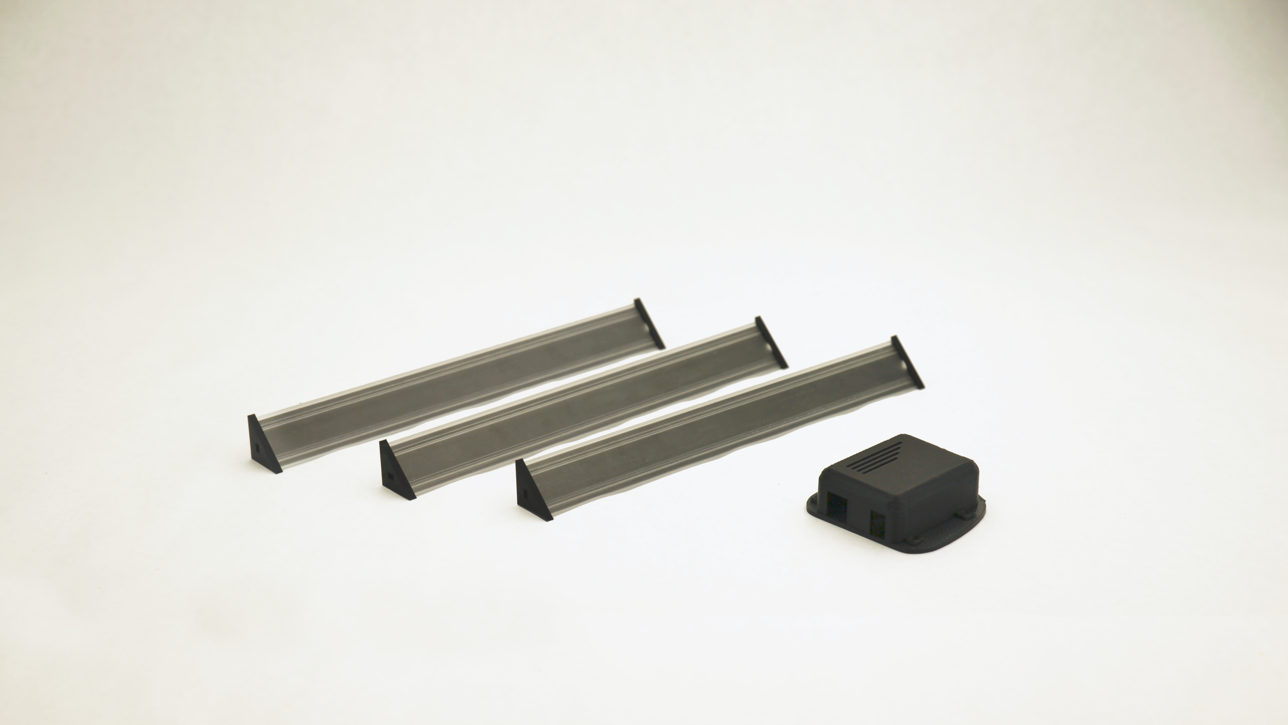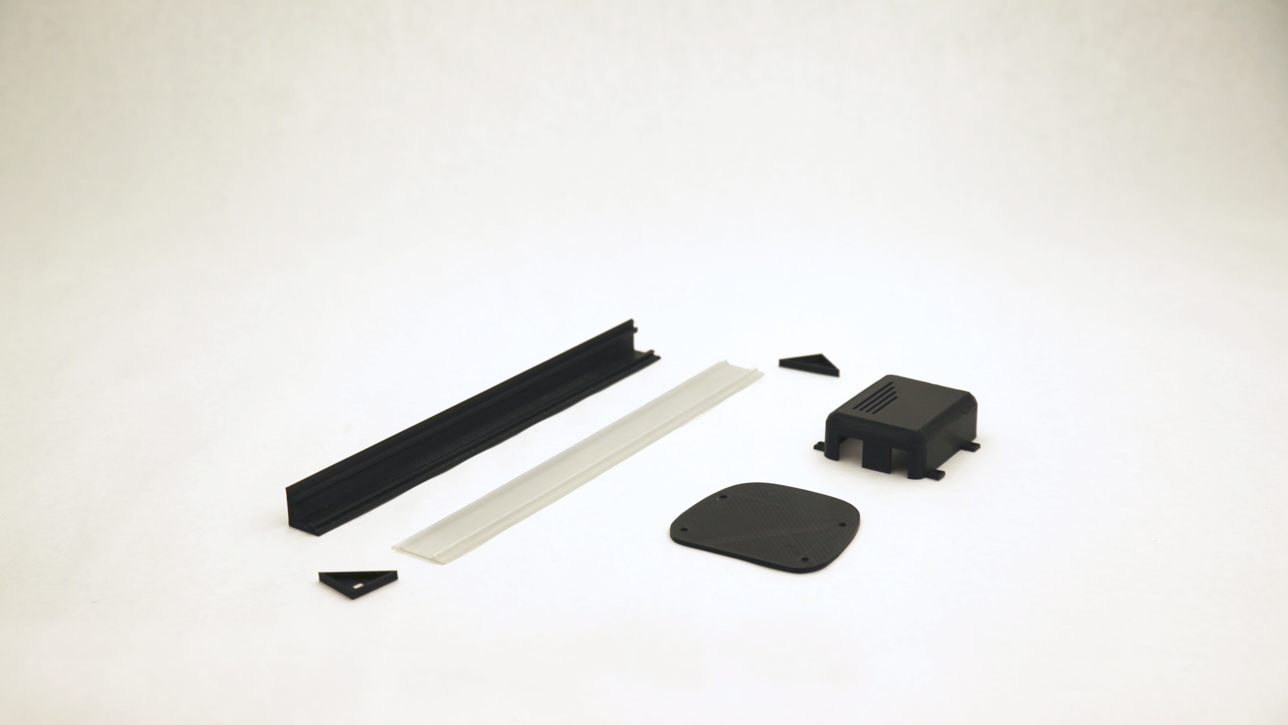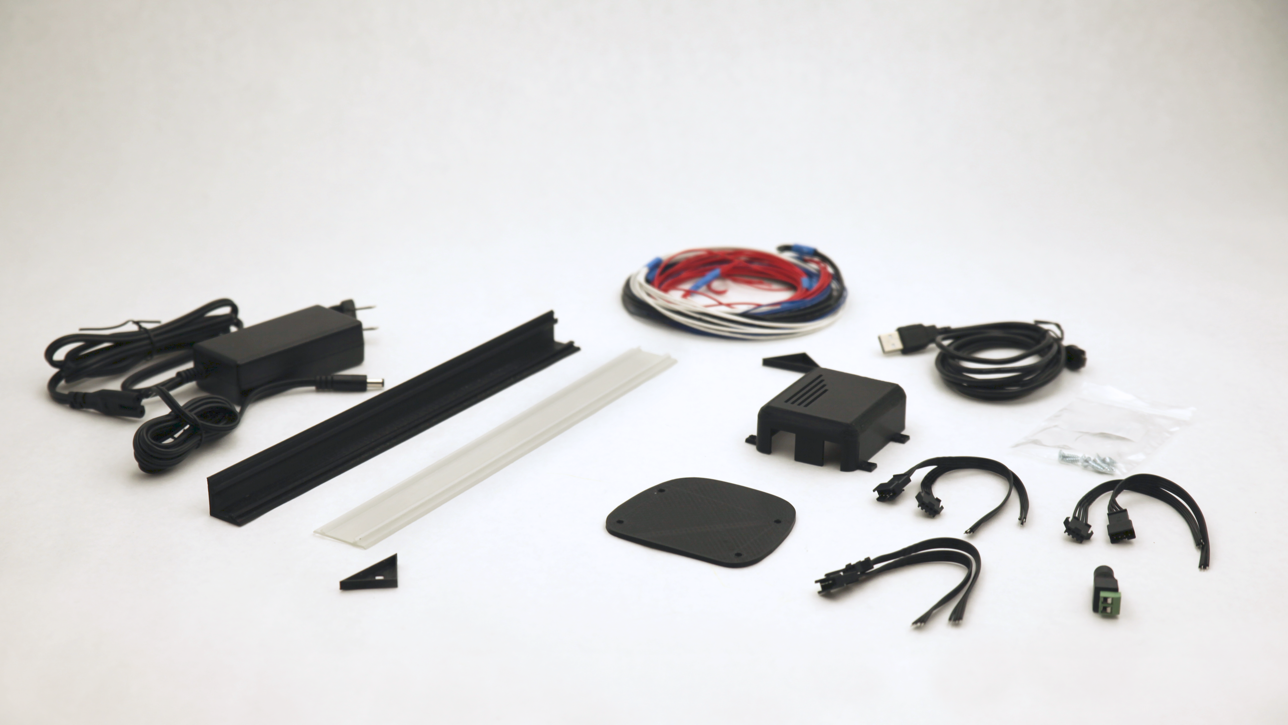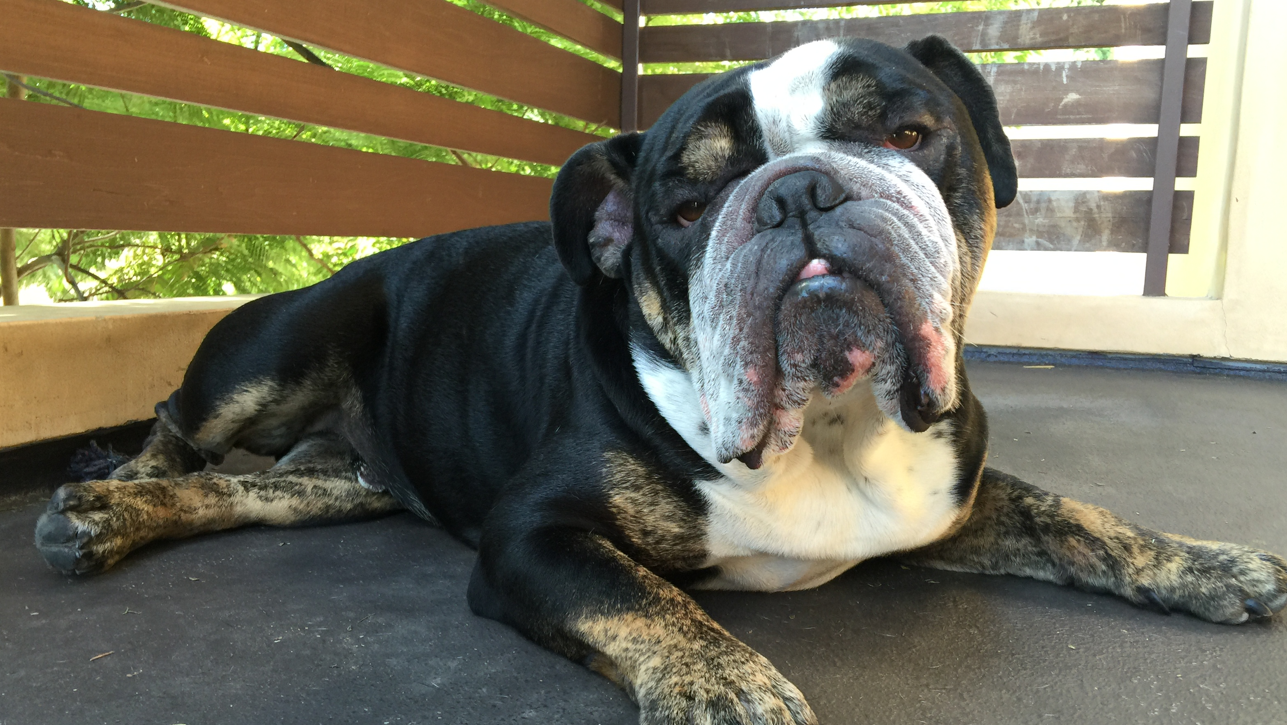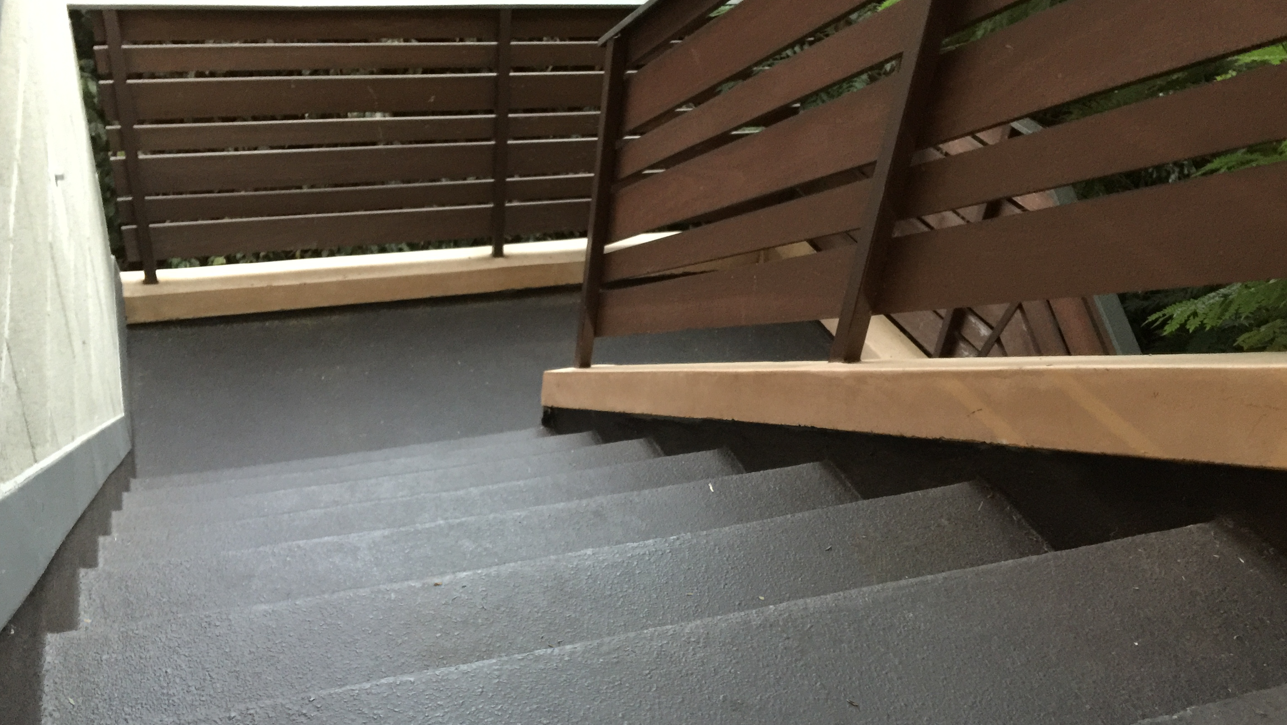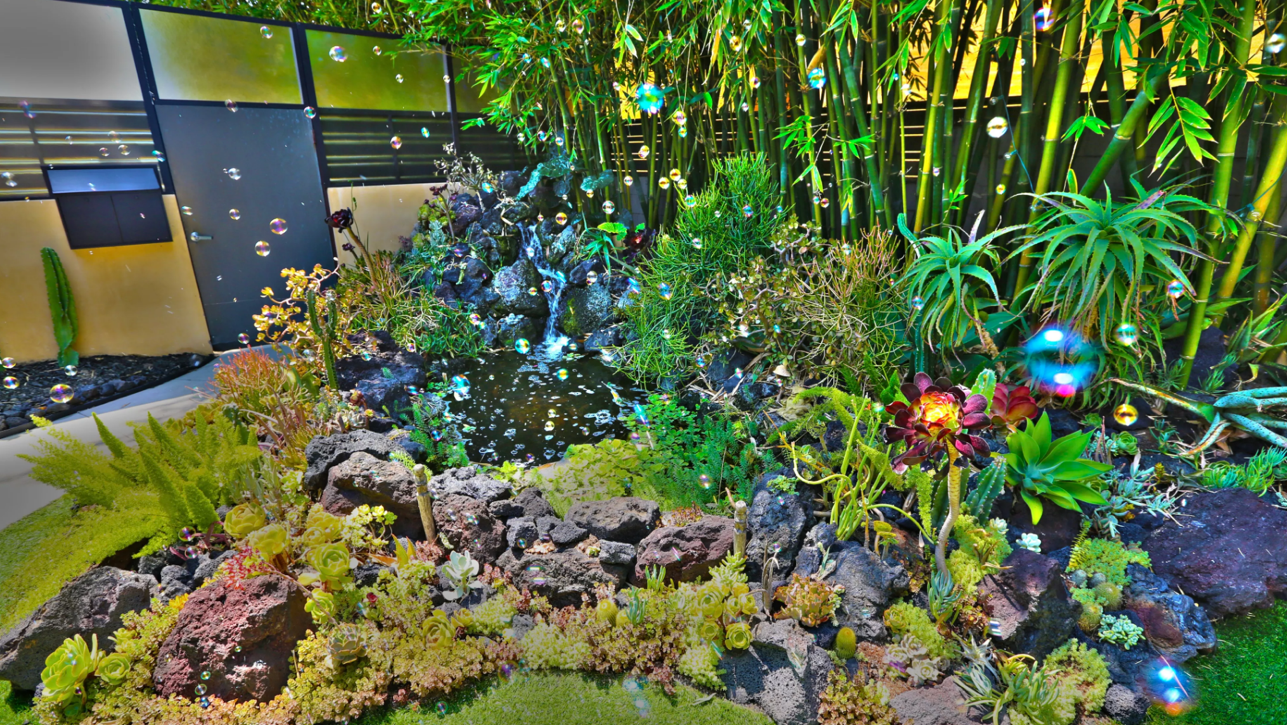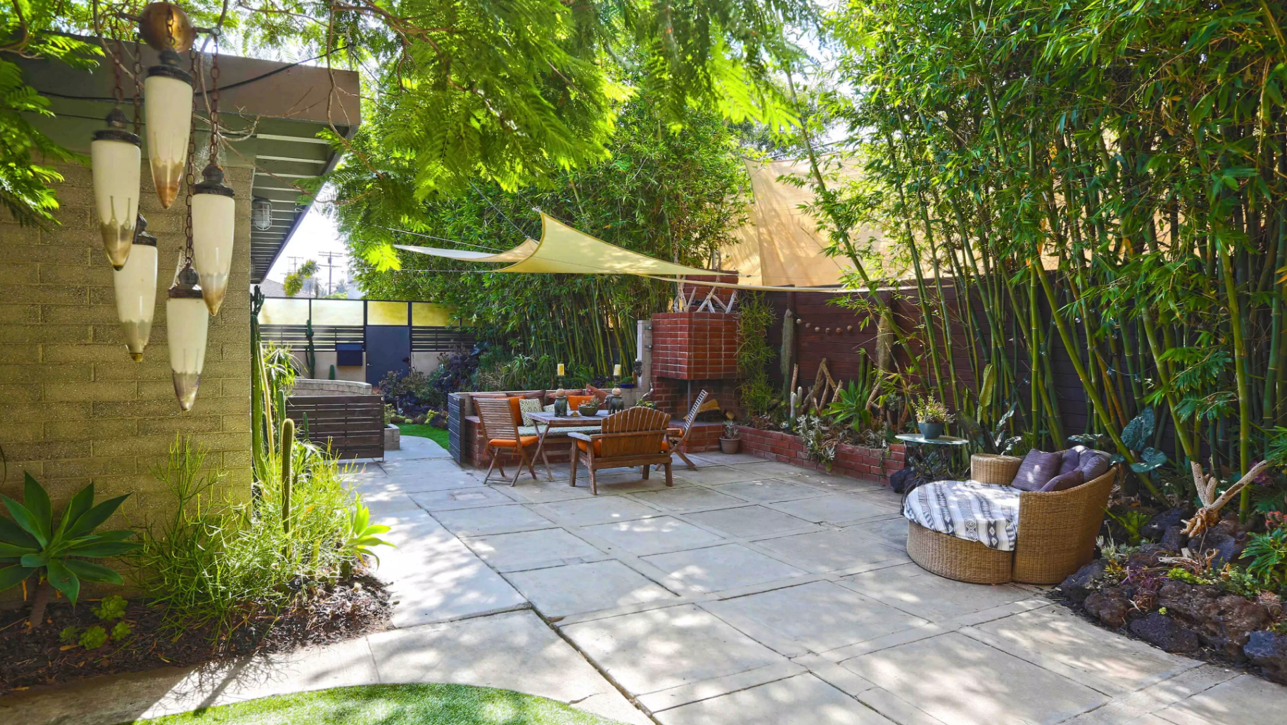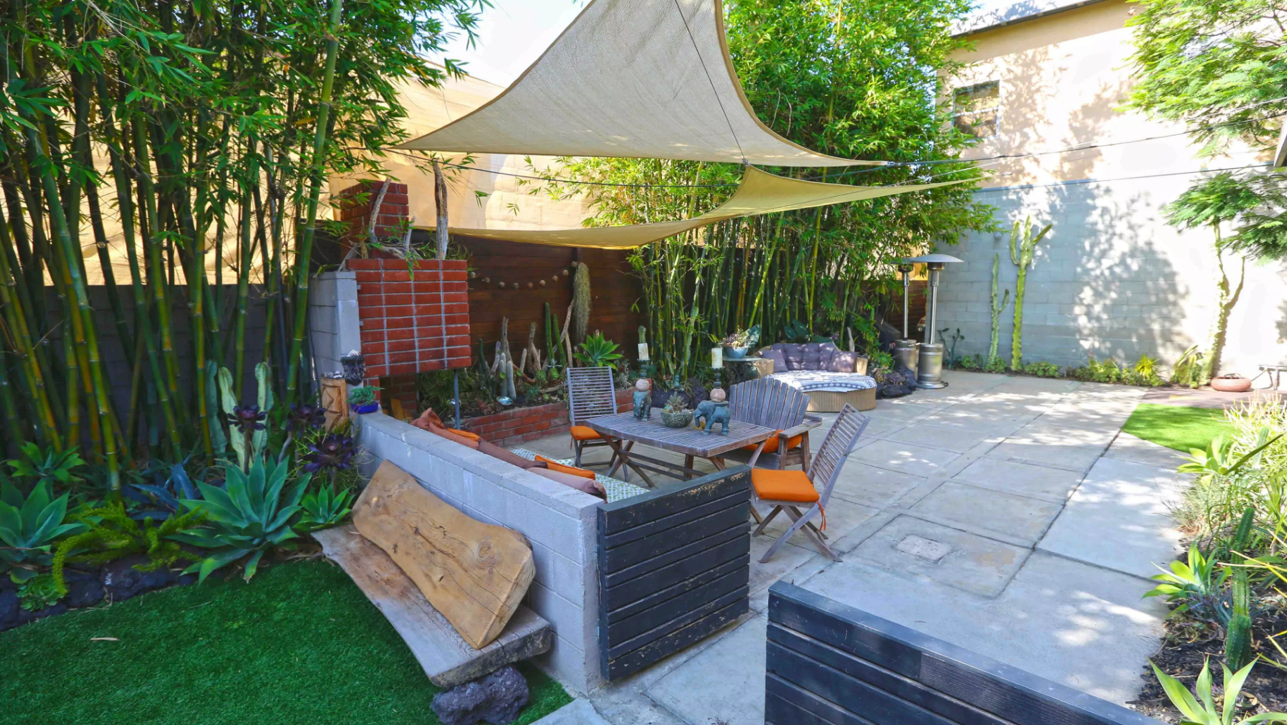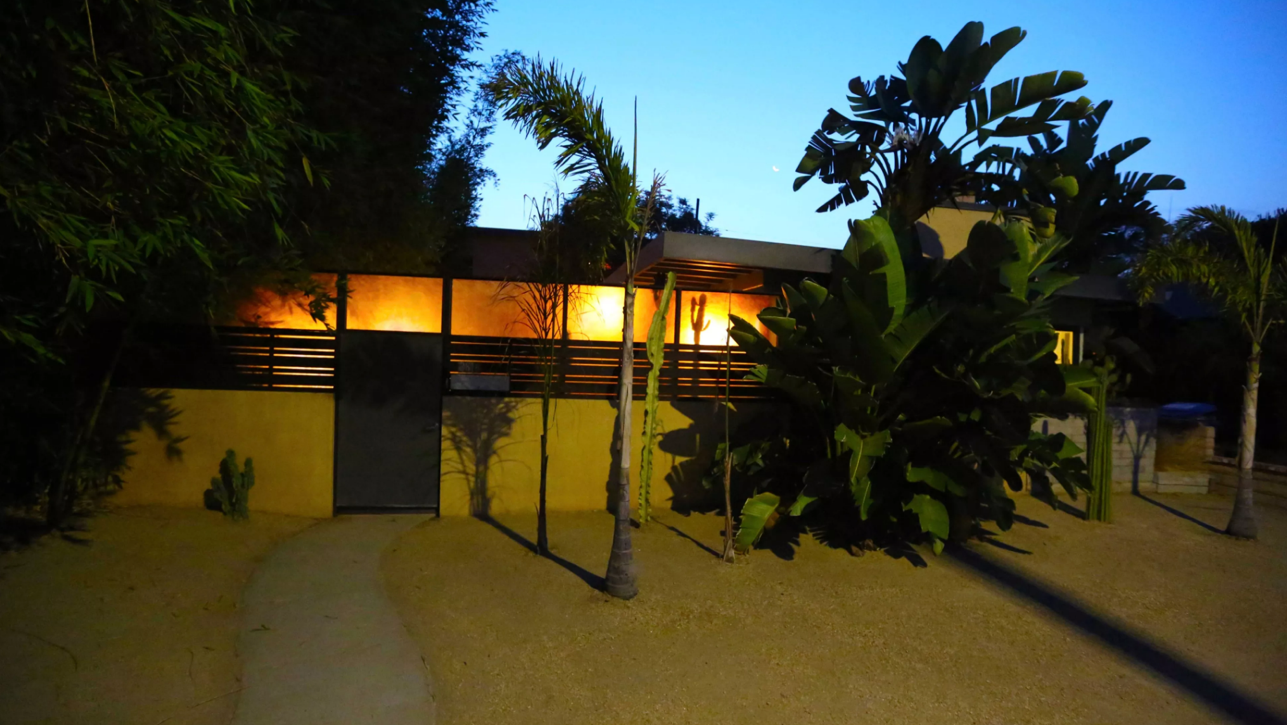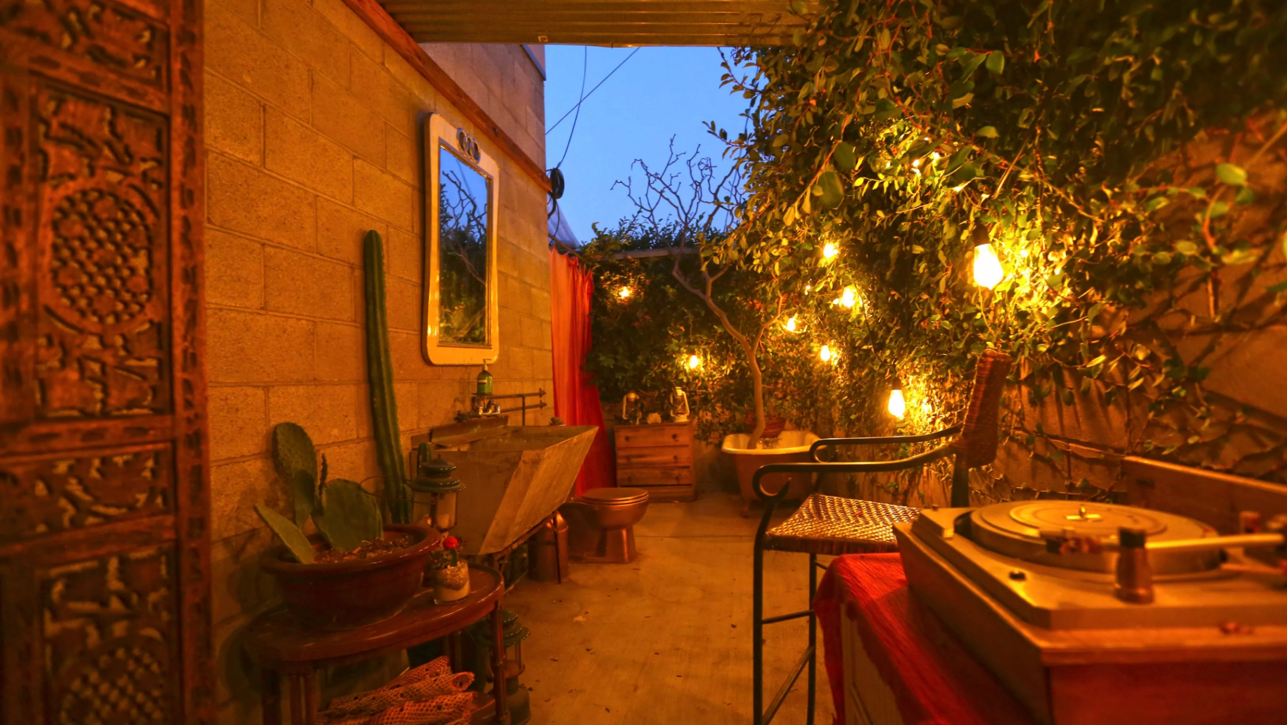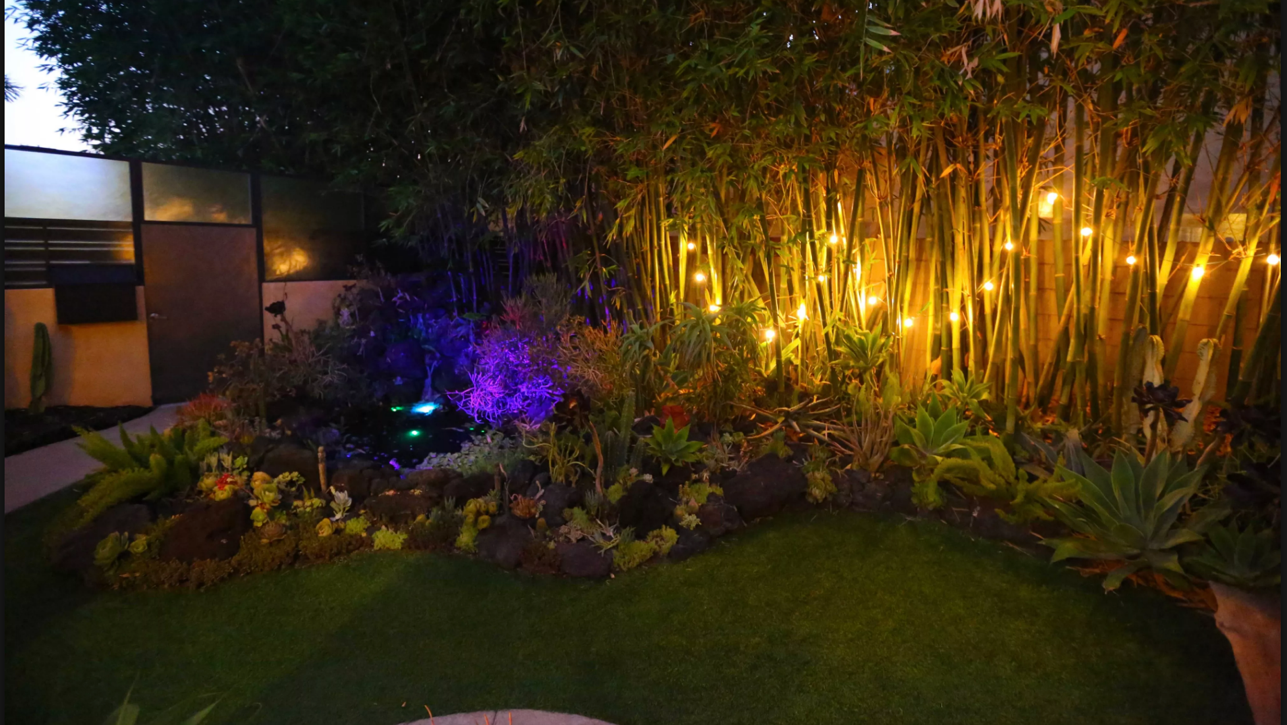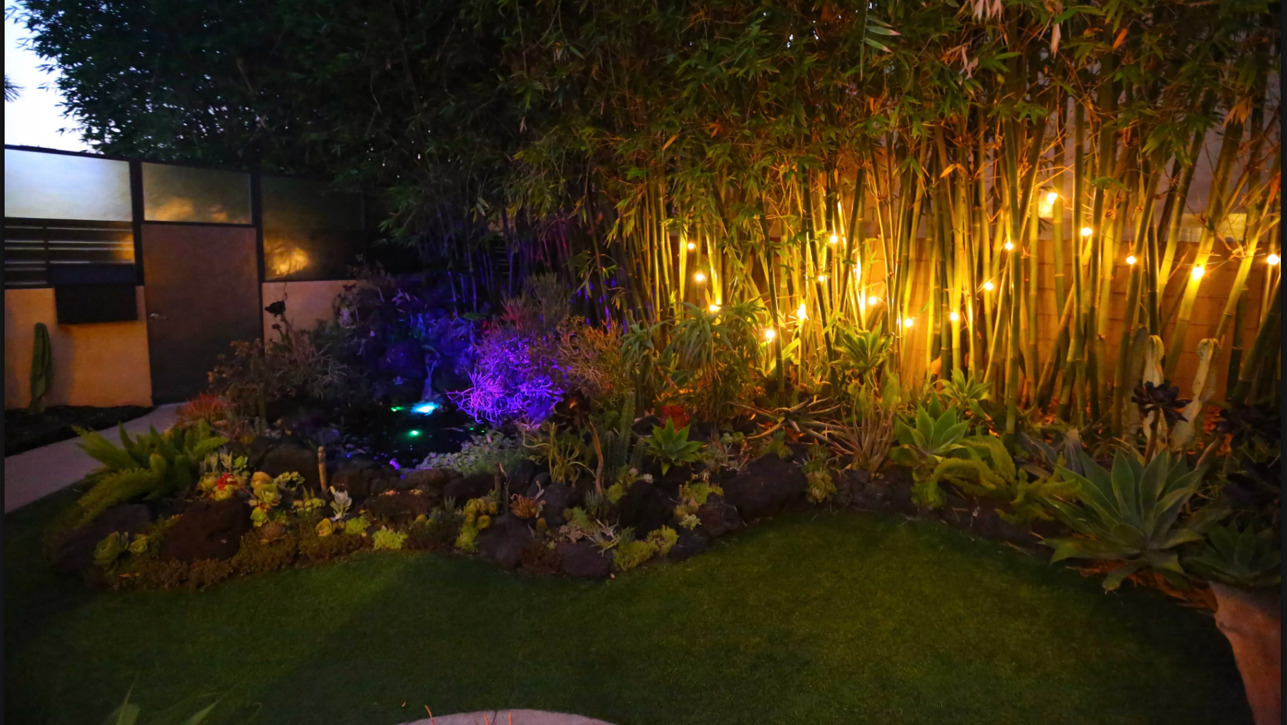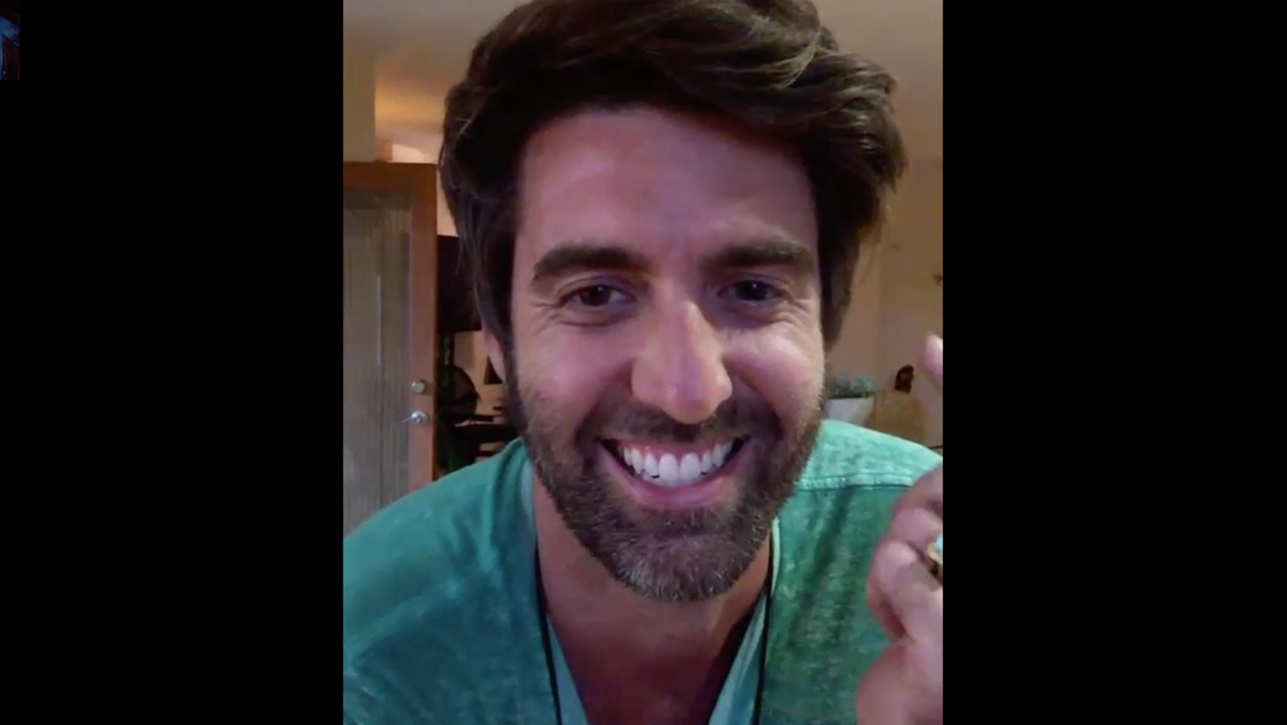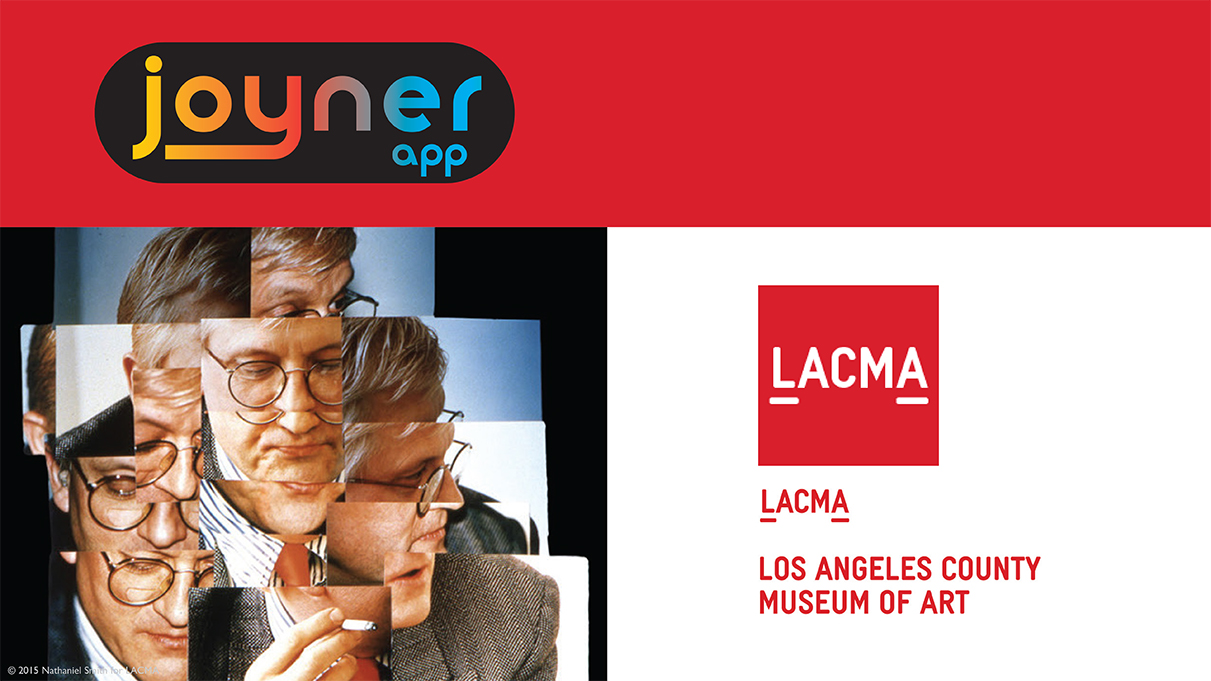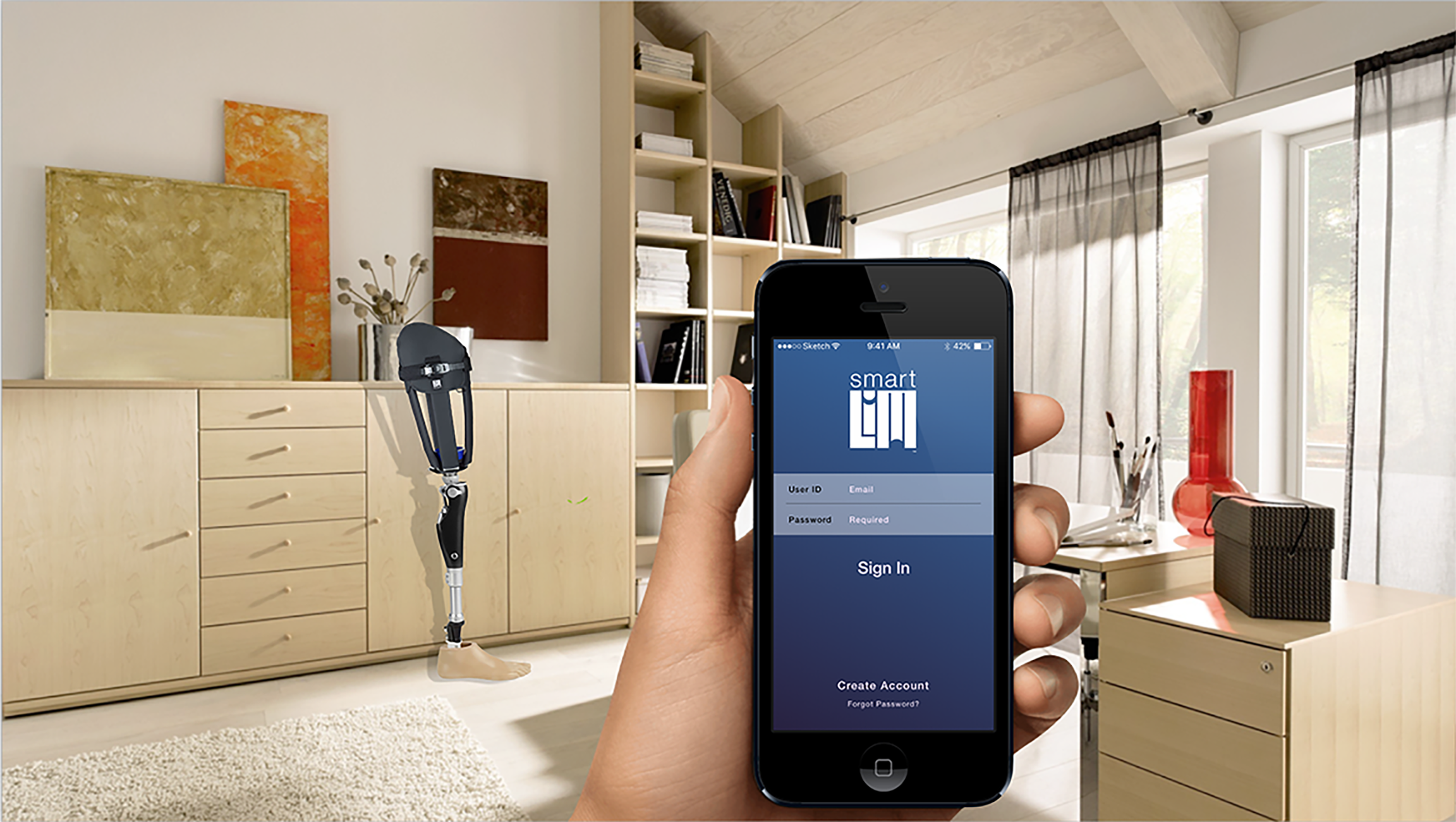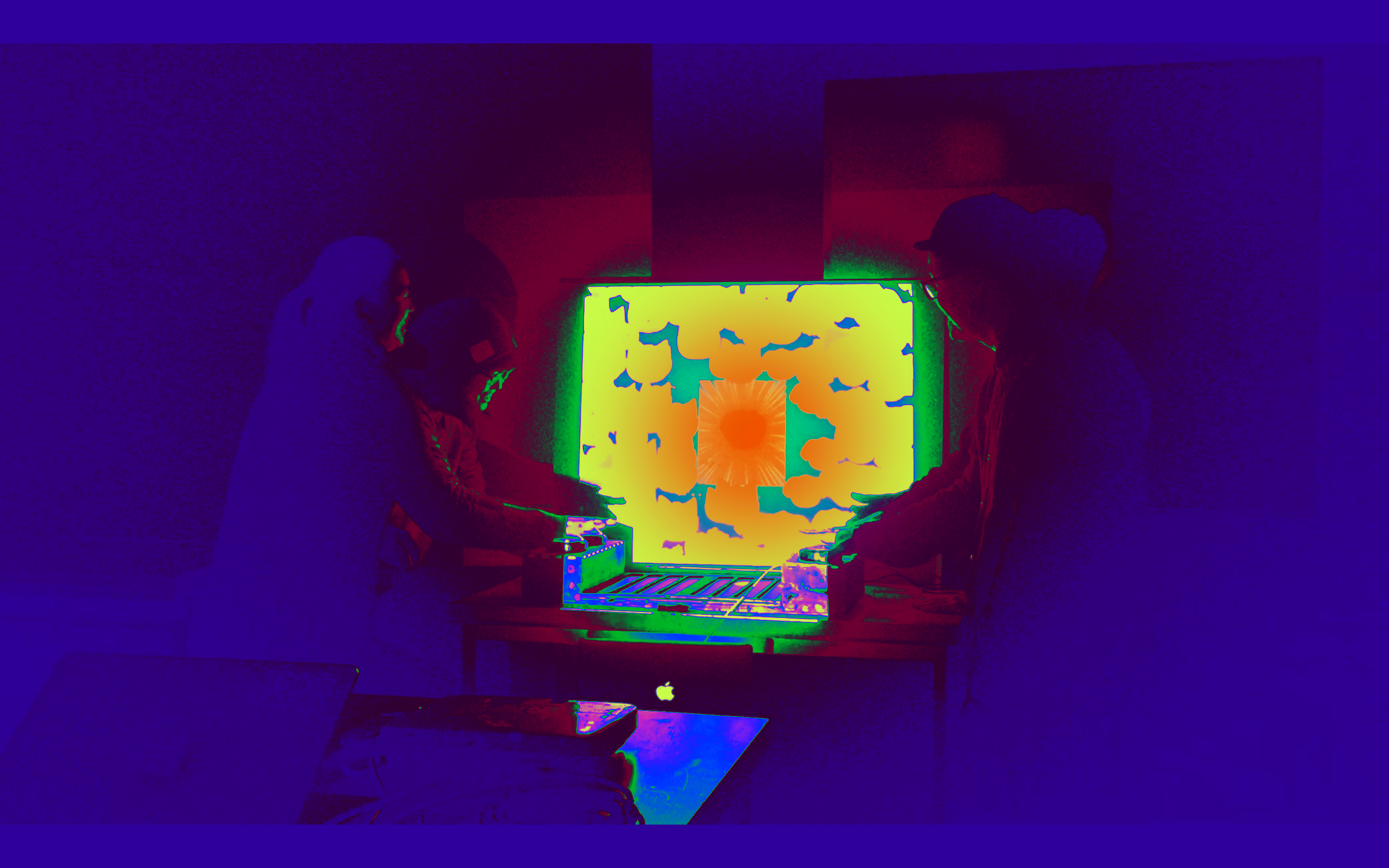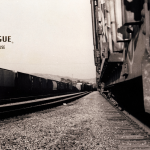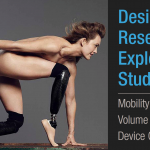STAIR AWARE: IOT 1D POSITION TRACKING STAIR LIGHTS WITH BEHAVIOR CHANGING FEATURES

INTRODUCTION
This is an academic project, and I am not a fan of typical academic projects. I would rather not spend my time designing products that are fictitious. In keeping with that belief, I sought to design a product that would have real-world effects through behavioral change. After studying the work of BJ Fogg and Thaler & Sunstein, I asked myself two questions: “What are the areas of my life where my performance is lacking?” and “What behaviors are leading to this hindered performance?” Using my personal struggles as a starting point, I recruited extreme stair users, people who’s daily lives depended on going up and down the stairs. I spoke to people to understand their pain points and motivational triggers we could influence through nudging. In a three-week sprint, the out of box and film was created. I continue to develop this project and it is the focus of my thesis. While the concept has since enriched past this, I will not post any future development of this until after provisional filings have been made.
This work was done in the interaction design dept. of CCA
Under the instruction of:
Dr. Haakon Faste, JD Zamfirescu, Michael Shiloh
WHAT WE DID
• Film Making & Story Telling
• Box & Product Design
• Rapid Prototyping
• Electronics Prototyping and SE
• Design Research
DESIGN BRIEF
Craft an Out of Box Experience (OOBE) for a new service device:
1. Lead new users to useful actions that advance the experience/narrative.
2. Facilitate behavior modification and result in specific emotions.
3. Scaffold a first critical experience of the service provided.
Product Use-case & Unboxing Experience Film
With a little help from my friends, we created a story of Stair Aware being used in real-world situations. Based on the feedback we received, we are aware that the at home stairs sequence should be shot at night. We did not do that initially, as the technology was not working, and shooting in low light was too difficult without fully lit stairs. When the prototype is fully operational, we will install it the same location and film again.


Box Design Prototype
These images are a step-by-step opening of the box, and an analysis I worked on to dissect the user’s onboarding experience. There is a printed quick start guide that pairs to a web experience, including a video that shows users how to set up the product.
Slideshow (Hover to pause)
Product Form Prototype V.1
This first product that I designed was solving for onboarding a customer. Given that goal was simplifying things for a consumer, I focused on designing a test kit that would also be the center of the system, which is one stair. This test kit can be joined together to be the light for one stair, or be broken apart in order to light three stairs with a smaller light footprint. Buying one stair’s worth of lights is less expensive than an entire flight. This test kit is meant to familiarize the consumer with the technology, which can then nest into a full flight kit they are able to purchase.
Slideshow (Hover to pause)
Breadboard Prototype

On the first prototype, I worked with Kailen Swain as I carried this project over from my Behavior class into my Advanced Programming and Electronics class. The goal of the first prototype was to test the phototransistors and IR LED’s, which we thought could start to develop a system where we were able to see 1D position. Once we were able to see a stream of information from the sensors, our goal was to get the lights to react to the motion of a user’s position.
Breadboard Proto Test Film
Here my partner creates motion over the proto board in order to bounce IR light back to the phototransistors and trigger the LED strips. Initially, the LED strips presented more of a learning curve for us than the IR LED’s and phototransistors. We began by organizing streams of data in the serial monitor so that we were able to map the threshold of the sensor readings. From there, getting the system to work was fairly straightforward.
Hardware Functions Prototyping Rig
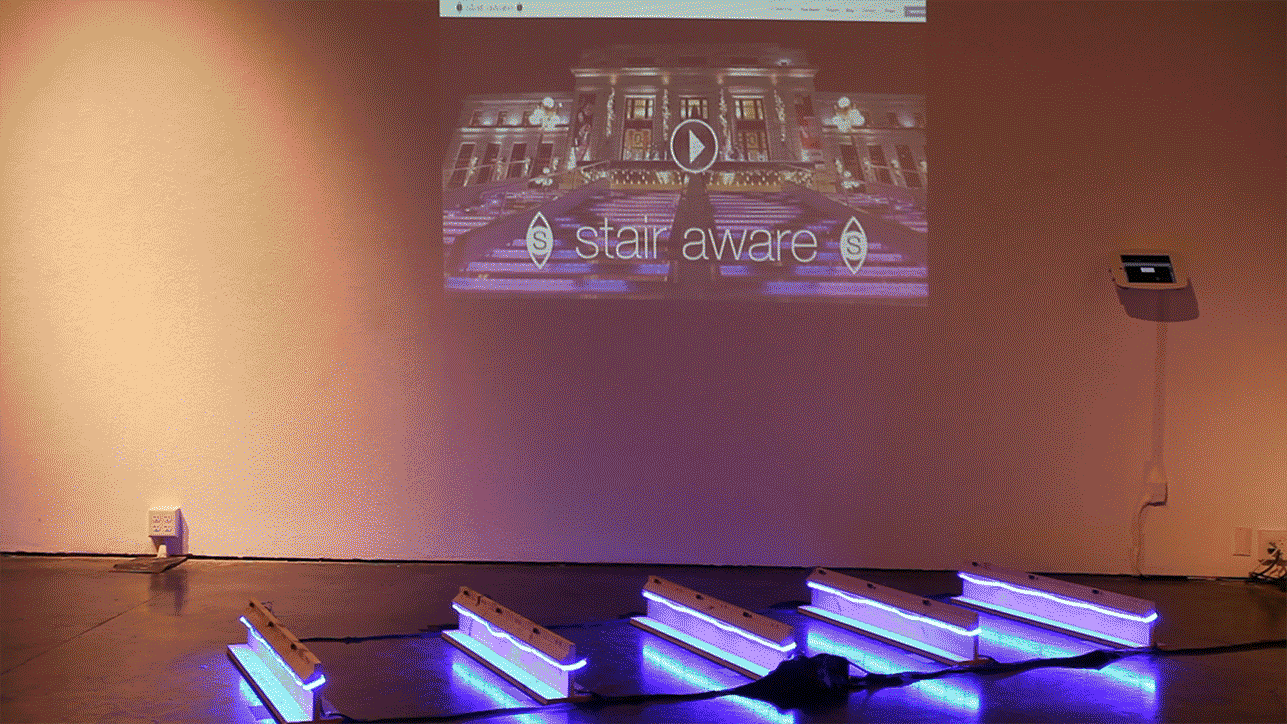
Having figured out how to make the basic components function, I expanded the build to develop a prototyping rig. The prototyping rig is meant to model a set of stairs in a flat gallery style environment. The stairs are wired up running to a teensy controller using 12C to communicate data between stairs, with a teensy on each stair. This project is still in development, but the goal of this rig is to have a working set of stairs to develop software functions. We also aim have this be internet-connected in order to be able to prototype the mobile interface for the product.
Basic Schematic for Wiring Up 3 Stairs

This is a simplified wire-up diagram for two 12C slave stairs, and one master controller Arduino that controls the slaves. Only half the IR LED’s and phototransistors are on each stair here, but we launched this to first attempt to figure out I2C for this system. We were able to get the initial 2 slave one master configuration working with this diagram. Now we are focused on expanding out each stair and connecting the entire system in order to start developing software functions!

Extreme Stair User: Stair Tour
I interviewed a number of extreme stair users to explore at the edges of the Stair Aware use case. An extreme stair user in this case, is someone who lives above multiple flights of stairs and has to travel them daily to get in and out of their house. The tour of Danielly’s place was incredibly useful to understand some of those issues. Here she walks me from the front of her place up to her front door, where a potential solution could be deployed.
Extreme User Stair and Garden Investigation
Slideshow (Hover to pause)
We interviewed Jiggs Love in Los Angeles for a difference in location and reality. He has an office, where he spends most of his time above a few flights of stairs. He had a lot of interesting product thoughts, but the biggest insights came from his suggestions around being able to extend product development work beyond the stairs and into the garden. His garden is amazing and his existing light solutions gave us a number of ideas how to environmentally extend light to important parts of his living environment. He had some delightful work arounds he had already been making and some pain points about that process that were very valuable for our design purposes.




